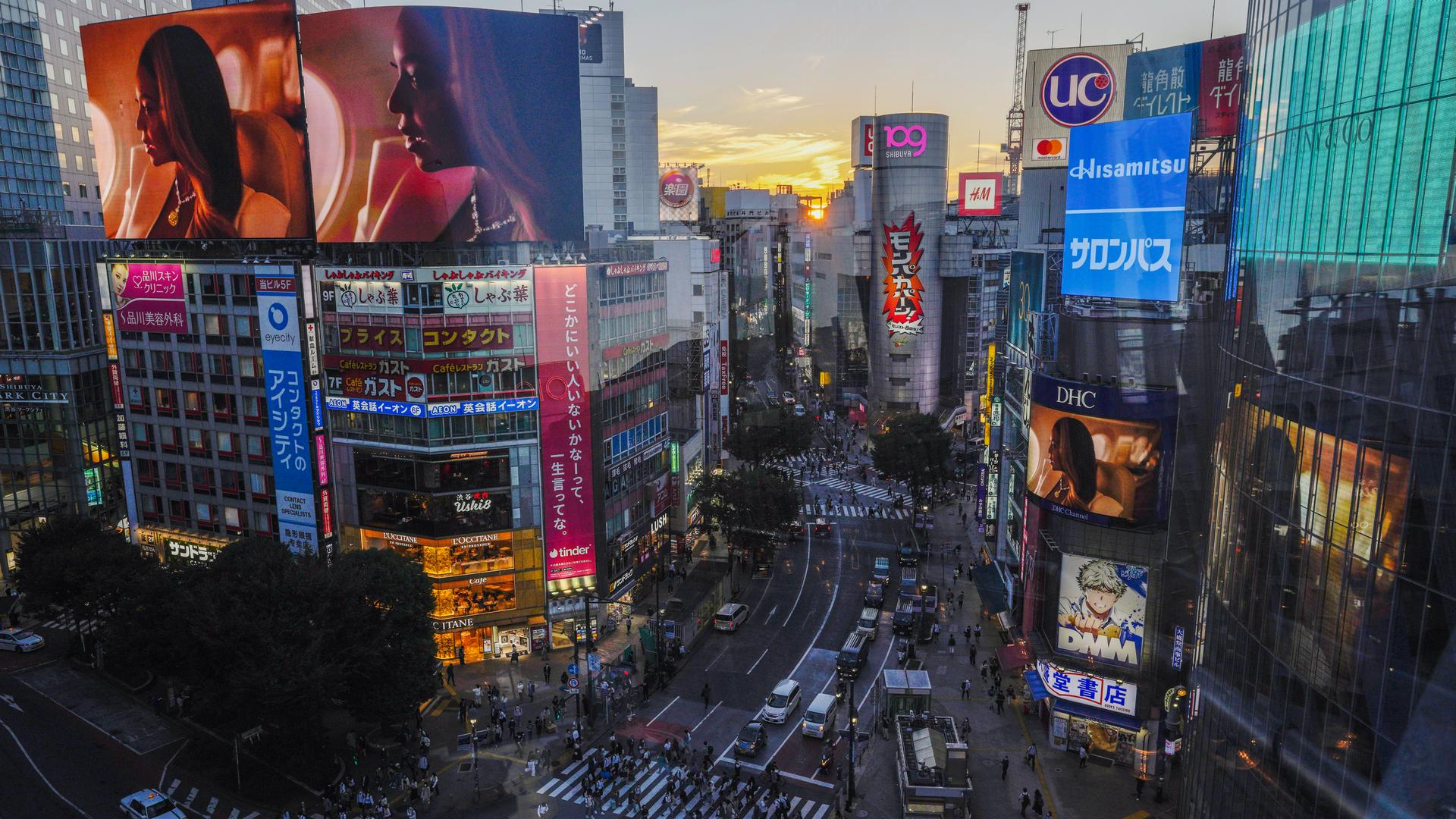At first glance, Japan’s Tokyu trains look like a relic from the 1980s. What’s less obvious is that these trains don’t leave a carbon footprint.
Satoru Nishino, a company spokesperson, said that the Tokyu railway has been trying to find creative ways to use less electricity and cut costs.
Related: Albanese sworn in as PM in Australia ahead of Tokyo summit
“Some train cars have been in use for decades,” he said. “They use a lot of electricity, just like old cars. So, they’re being replaced by newer ones.”
Today, Tokyu trains involve hydropower, geothermal power, wind power and solar power, according to VOA News.
It’s the first time that a railway in Japan has become entirely net-carbon neutral. In Tokyo, a city that transports 20 million people by train every day, the reduction in carbon emissions is substantial.
Nishino said that the company is also gearing up to expand its use of renewable energy to include office buildings and reducing carbon emissions during building construction.
“I think it is very significant for Japan to have railroad companies that decarbonize their operations. I think that everyone should promote decarbonization.”
“I think it is very significant for Japan to have railroad companies that decarbonize their operations,” Nishino said. “I think that everyone should promote decarbonization.”
Hironori Kato, a transport expert at The University of Tokyo, said that the railway’s decision to switch to renewables is ambitious.
Related: Japan gears up for evacuation drills amid spate of North Korean missile tests
“It is quite a challenging task for them, because the COVID-19 pandemic has seriously and negatively damaged their revenues. Ridership declined quite significantly and also, of course, by using renewable energy, the cost is more expensive than using traditional energy sources.”
Last year, renewables accounted for an estimated 21% of all electricity generated in Japan. The government aims to double that percentage by 2030. And, it wants to achieve net-zero greenhouse gas emissions by 2050.
Other train companies in Tokyo are also beginning to decarbonize their rail networks, which signals a big shift in the private sector.
But there’s no single nationwide electricity grid in Japan, which makes it difficult to switch to renewable energy, said Llewellyn Hughes, with the Crawford School of Public Policy at the Australian National University.
He explained that the power grid on Japan’s four main islands was built by nine different electricity companies; each one serves a particular region.
Related: Netflix’s ‘Old Enough!’ reality TV show sends very young kids on errands by themselves
The train companies, though, are pushing the Japanese government, he said, to make some much-needed upgrades to the grid.
“They have, essentially, gone to the government and gone to their electricity providers and said, ‘Look, we’ve got a global commitment to decarbonize our electricity supply, and you need to build a system that lets us do that,’ and that’s been quite influential in helping push that system forward in Japan.”
“They have, essentially, gone to the government and gone to their electricity providers and said, ‘Look, we’ve got a global commitment to decarbonize our electricity supply, and you need to build a system that lets us do that,’ and that’s been quite influential in helping push that system forward in Japan.”
Last year, the G-7 pledged to work toward phasing out coal-powered energy by 2035. Japan was the only member reluctant to agree.
The resource-poor nation is highly dependent on imported fossil fuels, and it has no plans to phase coal-fired energy out entirely.
The government plans to restart nuclear power plants and introduce carbon capture and storage, which is expected to provide 30% to 40% of the country’s total energy supply by 2050.
All nuclear power plants went offline following the Fukushima nuclear accident in 2011.
Related: Did the world ‘build back better’ since the start of the pandemic? Not so much.
It remains a sensitive topic in Japan, Hughes said, and the government will need to convince the public before advancing its nuclear energy policy.
There have been calls for the government to drop nuclear energy in favor of increasing the share of renewables.
But securing a stable, reliable energy supply remains a technological challenge.
